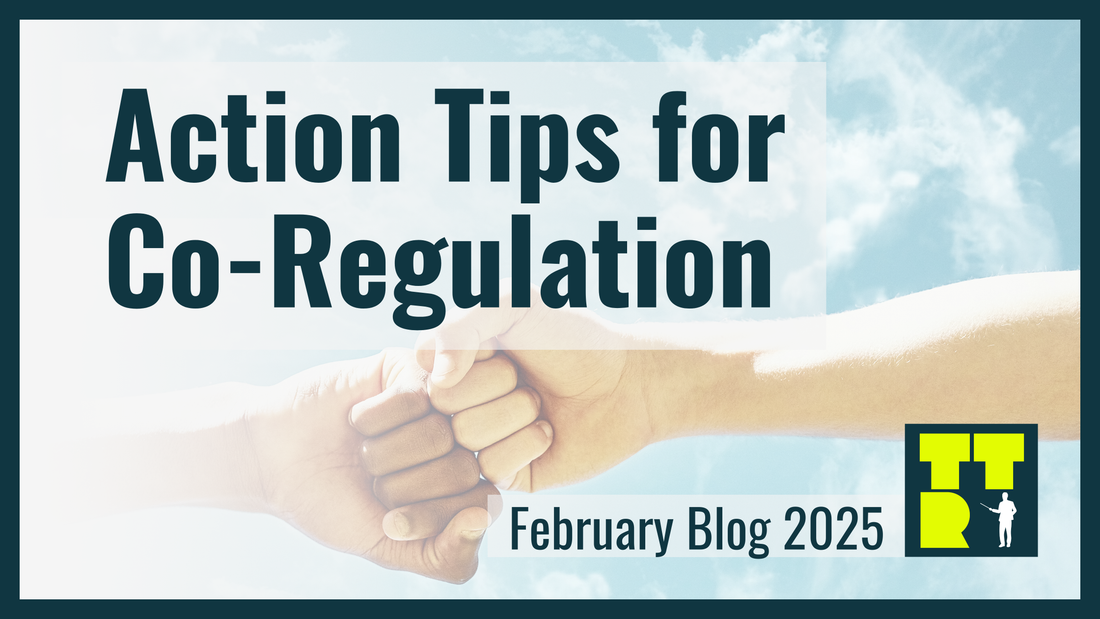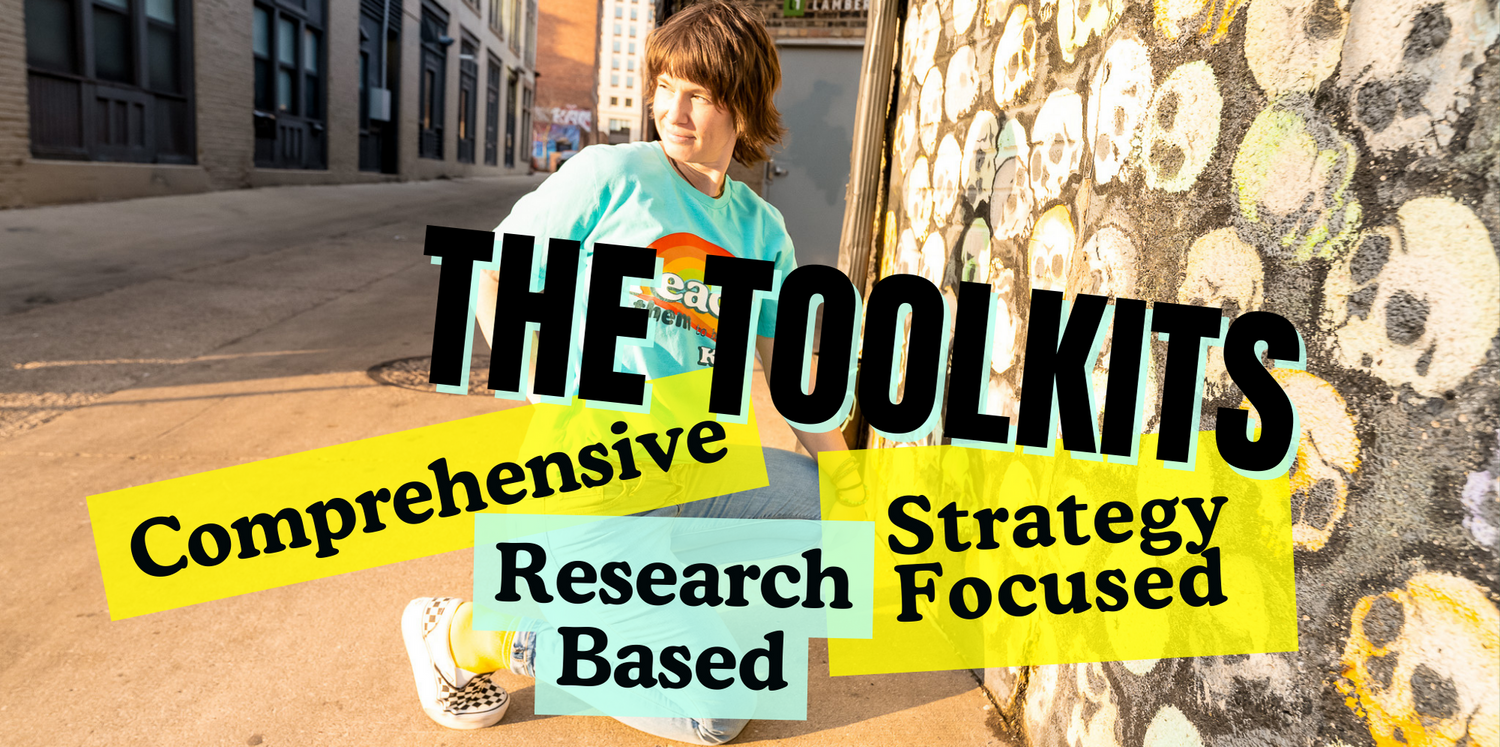
Co-Regulating with Our Students: Building Skills for a Better Classroom Culture
Share
In the chaos of the classroom, one of the best tools we can use to create an inclusive and mutually respectful environment is co-regulation. As educators, we guide students not only through academic content but also in managing emotions and behaviors.
Co-regulation helps us build a classroom culture where students feel supported and capable of managing challenges effectively.
Relating Regulation to What’s Actually Happening
When we talk about regulation with our students, it’s important to connect it to what’s actually happening to them—both inside and outside of school.
- For Humanity: Emotional regulation supports collaboration, reduces conflict, and builds stronger relationships, which are essential for working through challenges in everyday life.
- For the School Culture: Within schools, co-regulation creates a culture of understanding and trust. Students who practice regulation are better equipped to manage anxiety, approach challenges with confidence, and stay motivated to achieve their goals.
- For the Individual: On a personal level, co-regulation helps students interpret their emotions and make smarter decisions in the moment so they can avoid being in trouble for not-so-great choices made in the heat of the moment.
Considering Students’ Prior Knowledge
To make co-regulation effective, it’s important to meet students where they are in terms of their language and understanding.
-
Language Understanding: Not all students have the vocabulary to describe what they’re feeling.
- Using terms like "lizard brain" for the amygdala can help younger students relate to the concept.
- Some students respond well to colors to identify emotions (e.g., red for anger, yellow for nervous energy, green for calm).
- For students using gestalt language processing, modeling full phrases like, “I feel calm,” or “I’m starting to feel overwhelmed,” can provide a framework they can adopt.
-
Understanding Fight or Flight: The “Upstairs-Downstairs Brain” hand model is a powerful tool for teaching students how their brains respond to stress.
- Show them how the amygdala (represented by your thumb) gets exposed when their “upstairs brain” (fingers) flips up.
- This physical and visual representation helps demystify emotional responses and connects their feelings to what’s happening in their brain.
- Toolkit Users: Use the Fight/Flight Lesson Plans in the Appendix
For more structured lessons, strategies, and resources, the Neurodivergent Toolkit & Workshop [HERE] offers over 100 tools designed for K-12 students to better understand their brains and emotions.
Action Tips for Co-Regulation
1. Model and Practice Co-Regulation
Students need to see regulation in action.
Be open about your emotions and model consistent language they can use themselves. For example, saying, “I’m dysregulated right now. I need a moment,” shows them how to acknowledge emotions without shame.
Here’s an example: One day, I threatened to take away studio time from a frustrated student because I was overwhelmed and overstimulated.
I realized what I had done, apologized, and said, “I’m dysregulated.”
The student nodded and said, “I can tell.” I laughed, and the tension broke.
We were able to troubleshoot together and he worked hard on what I needed him to do.
Toolkit Users: Refer to page 12 in the Classroom Environment Kit.
2. Connect Regulation to the Curriculum
Embedding regulation into everyday lessons helps students see its relevance. Examples include:
- ELA: Exploring characters’ emotions in stories or creative writing to practice naming and describing feelings.
- Science: Teaching the brain and nervous system as part of anatomy or biology lessons.
- Social Studies: Discussing the impact of emotional regulation (or its absence) on social structures and economies.
- History: Analyzing how emotional responses influenced major events like wars, innovations, or thought revolutions.
3. Practice with Theater Games and Role-Playing
Use role-playing, discussions, or theater games to practice regulation strategies in a fun, low-stakes way. Let students provide feedback on what works for them and encourage them to share their perspectives.
The Impact of Co-Regulation
When we see anxiety as an opportunity to channel excited energy to improve, it becomes a resource for growth.
Whether it’s presenting a PD, de-escalating a student, or navigating a difficult interaction with a colleague, modeling and teaching regulation skills transforms our approach.
By actively teaching and practicing co-regulation, we create a culture of empathy, respect, and resilience in the classroom—helping students build confidence and engage with learning in a meaningful way.
For over 100 strategies, lesson plans, step by step guides and more check out the Neurodivergent Toolkit & Workshop [HERE]








1 comment
This blog is insightful and has me thinking. How do I introduce the term regulate or dysregulate to elementary kids and their grown-ups?